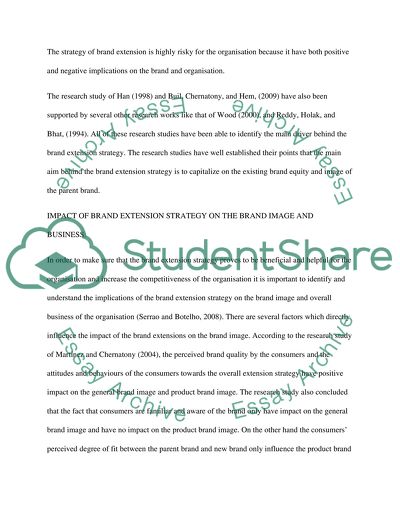Cite this document
(“Why do Brand Extension Strategies Fail Literature review”, n.d.)
Retrieved from https://studentshare.org/marketing/1445191-reserach-question-yt-why-do-brand-extension
Retrieved from https://studentshare.org/marketing/1445191-reserach-question-yt-why-do-brand-extension
(Why Do Brand Extension Strategies Fail Literature Review)
https://studentshare.org/marketing/1445191-reserach-question-yt-why-do-brand-extension.
https://studentshare.org/marketing/1445191-reserach-question-yt-why-do-brand-extension.
“Why Do Brand Extension Strategies Fail Literature Review”, n.d. https://studentshare.org/marketing/1445191-reserach-question-yt-why-do-brand-extension.


